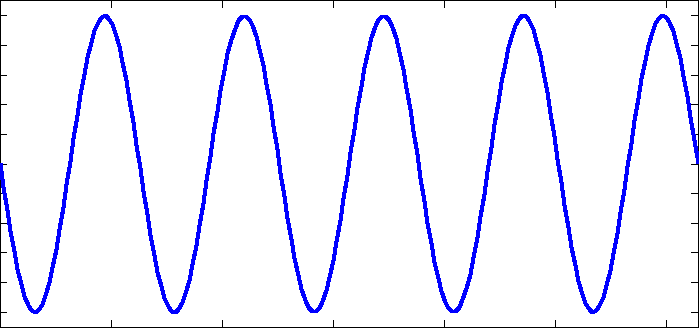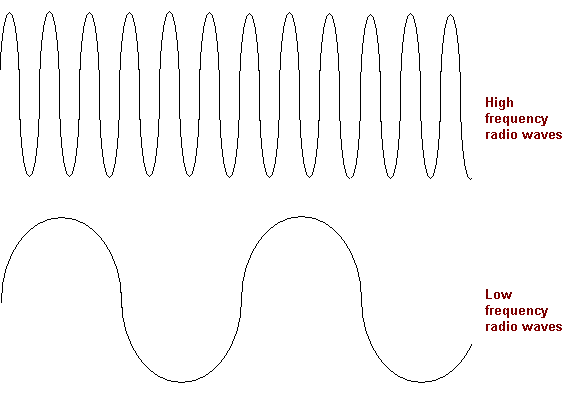We've all seen it somewhere or the other; In media player applications or actual graphic equalizers on your home stereo system.
But if you've always wondered what it is, read on, my wayward son.
But wait! What is frequency?
So, a wave just so happens to be anything that moves to and fro with a certain period and transfers energy through that motion.
Probably that. That's called a sine wave. It's smooth, it's beautiful, easy to imagine and hence easier to perform calculations on. Now the thing to remember is that, air particles are NOT travelling through space the same way as depicted(i.e; up and down and up and down and.. ) but, what is being depicted by the sine wave is the variations in air pressure with time! So if you plotted a sine wave with time on the x - axis(the horizontal axis) and magnitude of air pressure on the y - axis(the vertical axis), and you drew a sine wave in that graph and somehow replicated the variations around you, you would hear, exactly this.
But, I have some good news! You don't have to worry about any of this because your brain takes care of everything for you, you spoilt brat! So now we know that natural sound is actually the sum of different waves of different frequencies.
I discovered it as a preset on iTunes, and use some variation of it almost everywhere.
 |
| Shiiiny |
Before I begin, you need to know a little bit about natural sound: actually a single bit that we always forget:
Natural sound is a signal with many, many frequencies.
But wait! What is frequency?
It is the rate per second of a vibration constituting a wave, either in a material (as in sound waves), or in an electromagnetic field (as in radio waves and light).HOLD ON THERE A MINUTE. Why is sound a wave? I mean what is a wave?
 |
| She is waving |
 |
| Ocean is waving |
 |
| He is weaving |
So, a wave just so happens to be anything that moves to and fro with a certain period and transfers energy through that motion.
What many people forget(myself included) is that sound is just air particles compressing and expanding in free space. If there was no air, there would be no sound. And the energy of the compression and expansion is transferred with some loss to other air particles and that's why, more the distance, more the loss!
So great! Sound is a wave!! And what's the first thing that comes to your mind when you think of a wave?
 |
| Keeeeee... |
Now that isn't very interesting, just imagine if all sounds that you could ever hear came from this video.
I assume that some of you might want to know what 'Hz' means, and that has to do with frequency. Frequency is just a fancy word that means 'the number of times a wave repeats itself'. And specifically frequency in Hertz is just the SI unit for 'the number of times a wave repeats itself in 1 second'.
Coming back to the point; natural sound is thus much more complex than simple sine waves. A sound you might hear might contain the sum of various sounds, and each of these sounds are sums of other sounds; by sums, I mean two signals added like this:
So what you end up with is really messed up:
 |
| WHAT IS THIS I DON'T EVEN |
So coming back to the actual point of this post; An equalizer is a device used to selectively 'boost' or 'weaken' the loudness of certain frequencies in a song.
For example:
This song, has a constant 'beat' going and has a constant guitar part too. So if you wanted the beats to be louder than the guitar part, we now know that the beat is really 'bass-y', meaning it belongs to the lower end of the spectrum and we give that part a boost.
If you wanted to increase just the amount of 'high' sounds there are, like the guitar, you can boost the higher frequencies.
So you guys can now mess around with the equalizer settings more responsibly and hopefully, you can find that one setting that you will fall in love with! For me, it's the smiley curve:
 |
| :) |
I discovered it as a preset on iTunes, and use some variation of it almost everywhere.
Here's your #CheckItOut song of the day: Reset by Mutemath!





No comments:
Post a Comment